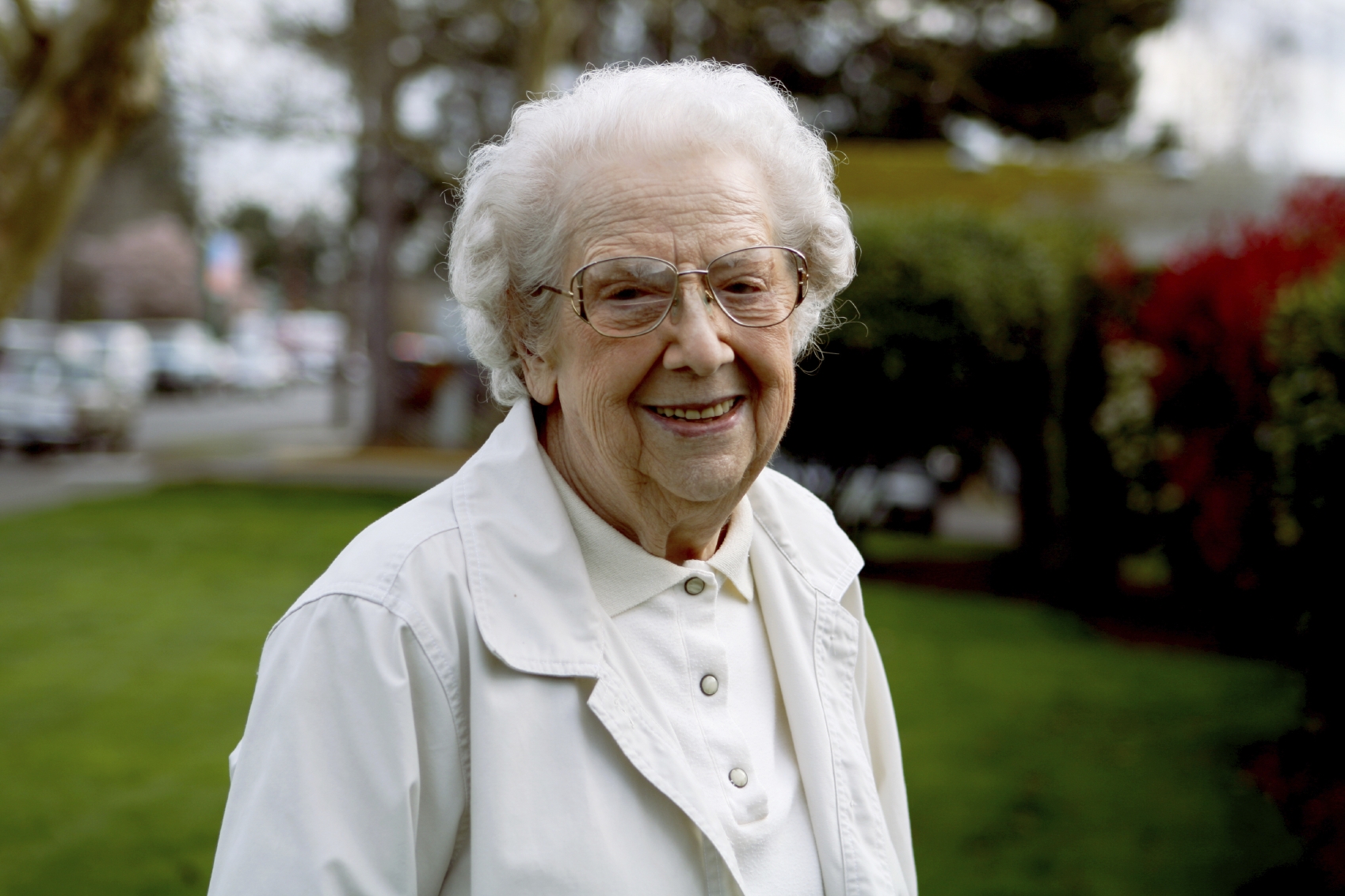Today is World Elder Abuse Awareness Day. Unfortunately, we live in a world where those who are vulnerable are at risk for being taken advantage of – young and old.
It’s not right, so today we, along with thousands of providers, doctors, home health agencies, and advocacy groups around the world are saying enough is enough.
Elder Abuse isn’t always an easy thing to see.
What is elder abuse?
Elder abuse refers to the intentional or neglectful acts of a caregiver, family member, friend, or other individual that lead to, or may lead to, harm of a senior citizen. The various forms of elder abuse include: physical abuse, neglect, emotional or psychological abuse, verbal abuse and threats, financial abuse and exploitation, sexual abuse, and abandonment. In some states, self-neglect is also considered elder abuse. The most common form of abuse is financial exploitation, with physical abuse, neglect, and emotional abuse following.
- Physical Abuse: Any threat to or action that physically injures an older adult.
- Emotional/Psychological Abuse: Verbal attacks, threats, isolation, or belittling acts that cause or could cause mental anguish, pain, or distress to a senior. Studies have shown verbal abuse is extremely damaging, taking an even greater toll on the mental health of women 50-79 than physical abuse.
- Sexual Abuse: Sexual contact that is forced, tricked, threatened, or otherwise coerced upon a vulnerable elder. Sexual contact with an elder who is unable to grant consent (for example an individual with advanced Alzheimer’s) is also considered sexual abuse.
- Exploitation: The illegal use of an older adult’s funds or property for the benefits of someone besides the older adult. This includes theft, fraud, and use of influence over the senior to gain control over an older person’s money or property.
- Neglect: A caregiver’s failure or refusal to provide for a vulnerable elders safety, physical, or emotional needs.
- Abandonment: Desertion of a frail or vulnerable elder by anyone who previously assumed a duty of care.
- Self-Neglect: An inability to perform tasks relating to self care, which leads to, or may lead to, harm or endangerment.
How big is the problem?
It is uncertain how often elder abuse occurs because relatively few instances, only one in six, are reported. If you exclude cases of self-neglect, the problem of underreporting becomes even more apparent, as research indicates that only one in fourteen cases of elder abuse (not including self-neglect cases) are reported to the authorities.
It is estimated that more than one in ten elders may experience some form of abuse. The large discrepancy in the cases of elder abuse that occur and those that are actually reported means that most victims are not getting the help they need.
How serious is the problem?
The personal losses related to elder abuse can be devastating and include the loss of independence, home, life savings, health, dignity, security, and death. Studies show that even victims of mild elder abuse suffer devastating consequences. Victims of mild elder abuse, neglect, or financial exploitation are at a 300% increased risk of dying in the 3 years after mistreatment compared to their non-abused contemporaries.
What are the warning signs of abuse?
Abuse is not always evident. Any change in personality or behavior should be noted and investigated further. The following are indicators (provided by the Administration on Aging) that an elder may have been abused:
- Bruises, pressure marks, broken bones, abrasions, and burns may be an indication of physical abuse, neglect, or mistreatment.
- Unexplained withdrawal from normal activities, a sudden change in alertness, and unusual depression may be indicators of emotional abuse.
- Bruises around the breasts or genital area can occur from sexual abuse.
- Sudden changes in financial situations may be the result of exploitation.
- Bedsores, unattended medical needs, poor hygiene, and unusual weight loss are indicators of possible neglect.
- Behavior such as belittling, threats, and other uses of power and control by spouses are indicators of verbal or emotional abuse.
- Strained or tense relationships, frequent arguments between the caregiver and elderly person are also signs.
So what can you do?
Report any cases or suspected cases of abuse to adult protective services or
law enforcement. You can find your state agency on ALFA’s website at alfa.org/states.
- Look for potential warning signs. Make a point of talking to the older adults in your life and make note of any shifts in personality or behavior that may signal abuse.
- Volunteer. There are many local opportunities to become involved in programs that provide assistance and support for seniors.
- Participate in World Elder Abuse Awareness Day. Help to raise awareness by talking about the issue.
For more information on Edler Abuse Awareness Day, please visit http://www.alfa.org/alfa/Elder_Abuse.asp

